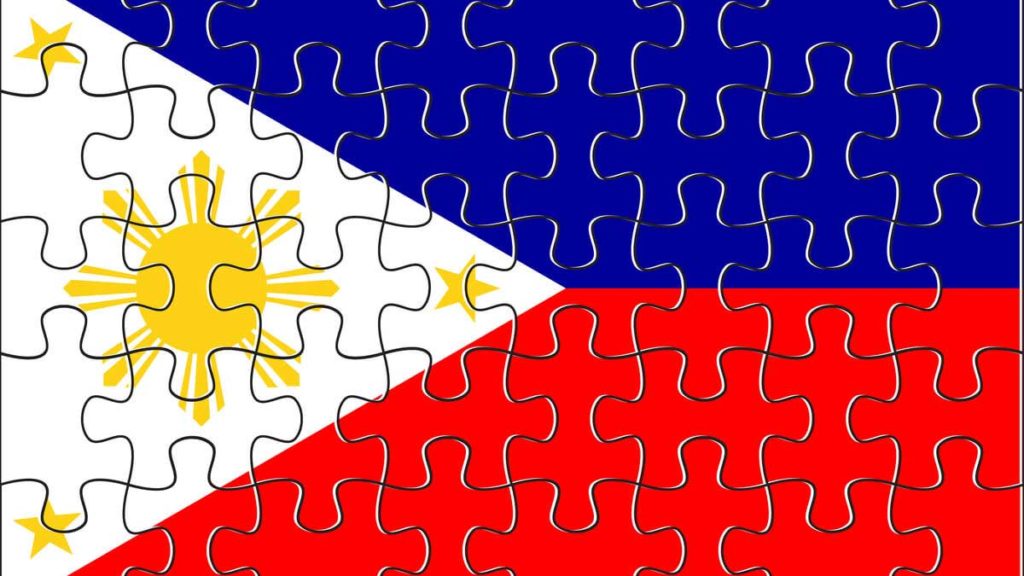Digital connectivity and extended network coverage in the Philippines

Most countries are working to enhance and diversify their telecom services, including cell coverage capabilities to serve the population and to enable growth. However, many countries still face challenges related to delivering optimal network services, including Philippines.
The country’s telecommunications industry is a locally dominated sector, with PLDT and Globe Telecom, as the main local players providing fixed-line and broadband connections.
The Philippines current framework has resulted in operators failing to build enough cell sites to meet high demand, with large areas of the country receiving little or no coverage.
Broadband connection speed in the Philippines is the slowest in the region because the share of broadband speeds above 100 Mbps was only one percent compared to other countries across APAC region, meaning that broadband connection speed of below than 100 Mbps in the country is about 99 percent.
However, the Philippines is on its way to launch 5G services soon, activating its first 5G cell sites in Makati and is testing the platform. According to Budde.com there has been adequate developments in the deployment of optical fibre infrastructure. PDLT is also gearing towards a network modernisation plan that will see it transitioning to fibre over the following two years.
Back to cell coverage, network towers are one of the main infrastructure elements in digital connectivity, making up a substantial part of capital investments for mobile telecommunications.
The Philippines ’Department of Information and Communications Technology (DICT) has revised the country’s rules on tower sharing in an attempt to reshape the telecoms market – to meet the rising demand of consumers as well as to provide digital equality for people in areas that remain underserved or unserved in the Philippines.
The old deal between Globe Telecom and Smart Communications is ending, and the new tower sharing rules seemingly aims to boost DITO’s deployment.
Between Globe and Smart, there are around 18,000 telecom towers installed across the Philippines. The DICT estimates that to achieve extensive coverage, the country requires around 50,000 more to be built, with the new guidelines facilitating further plans for deployment.
